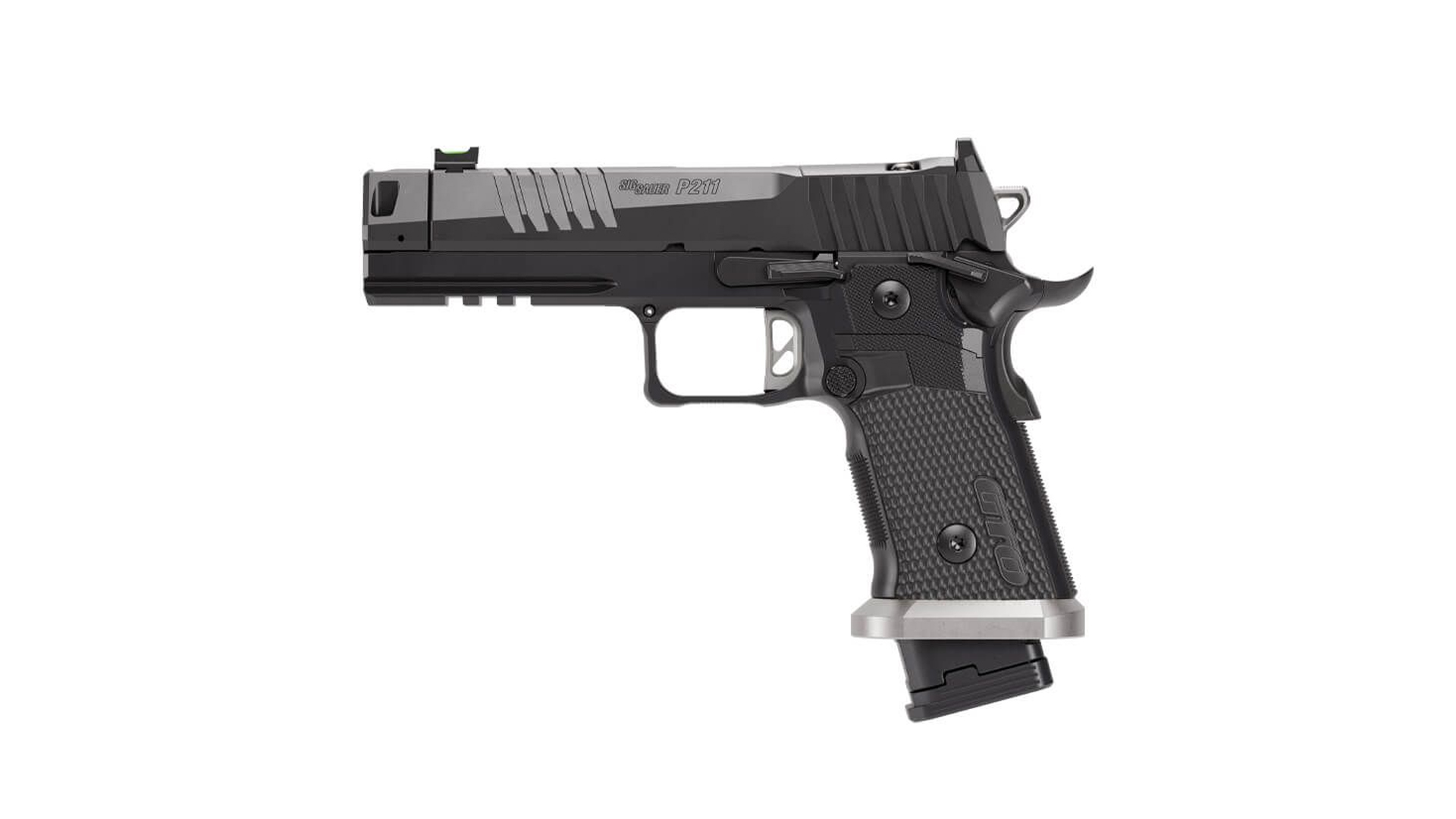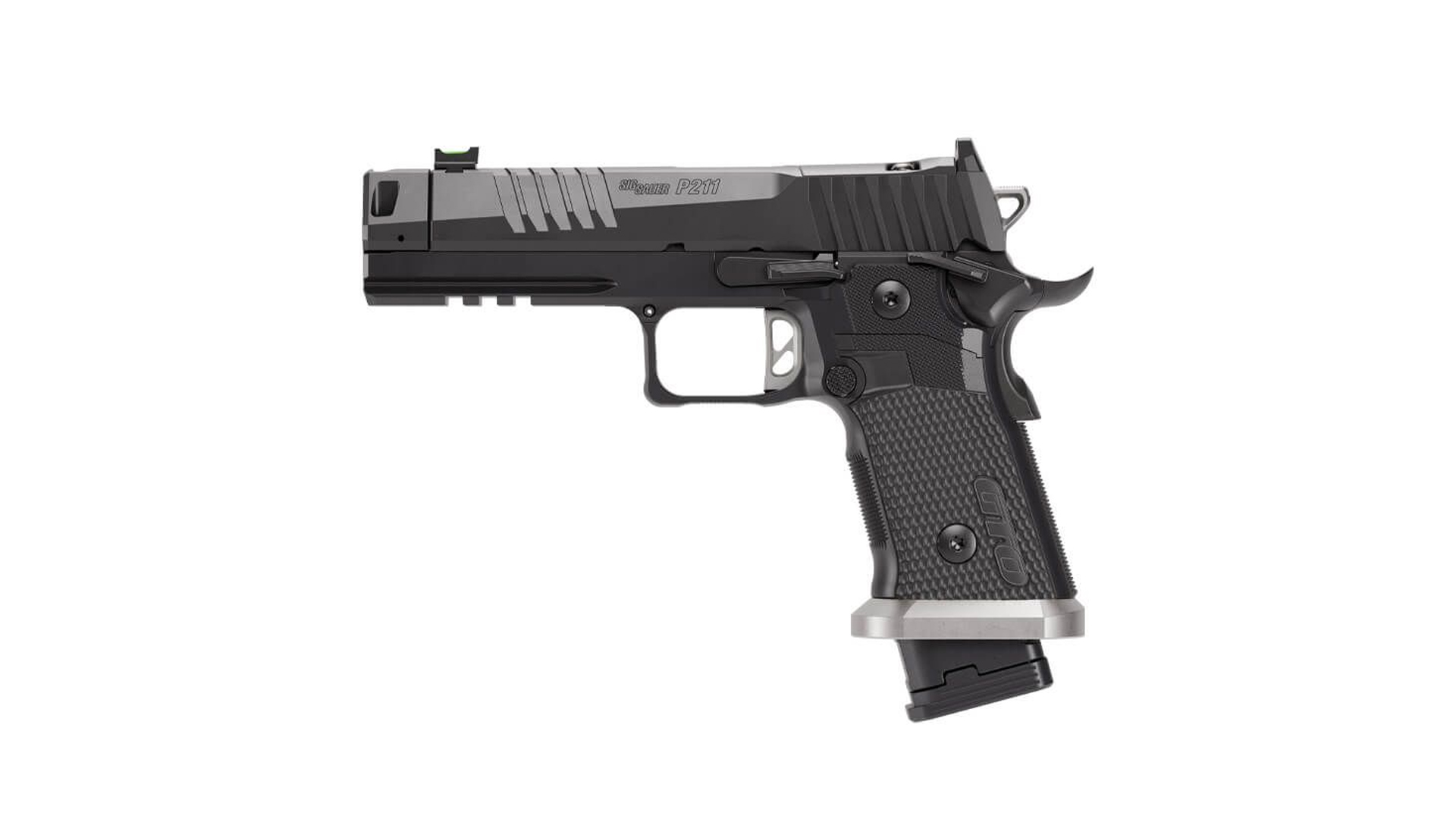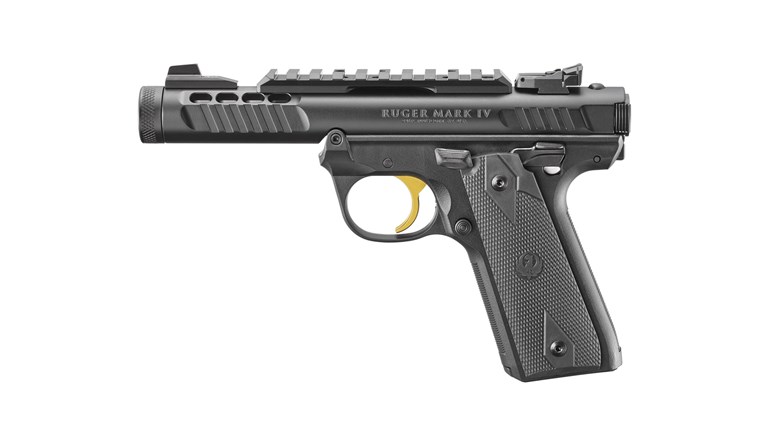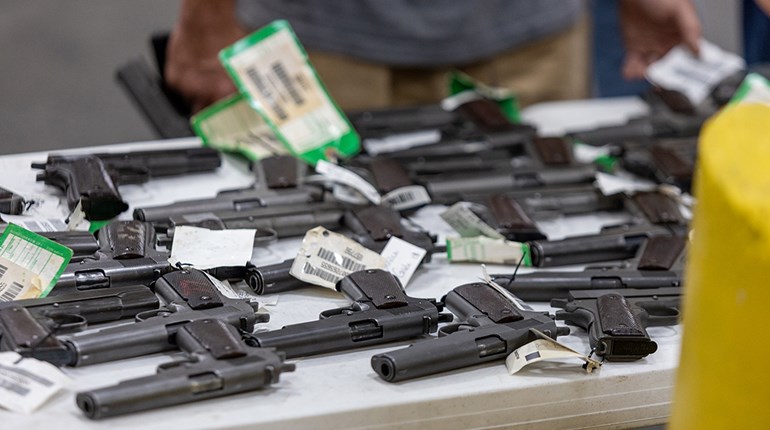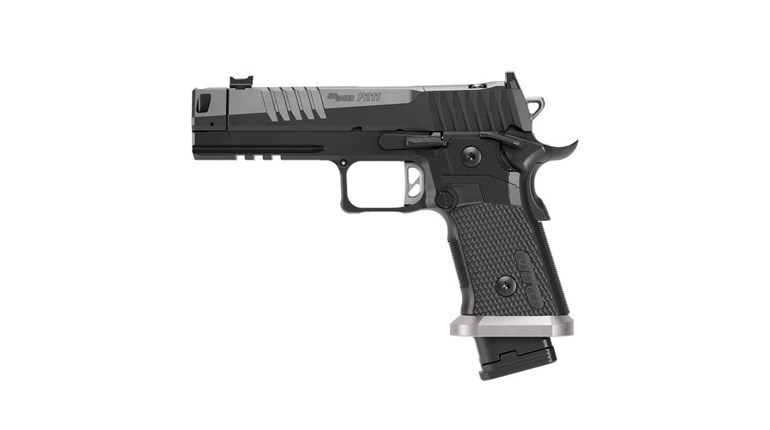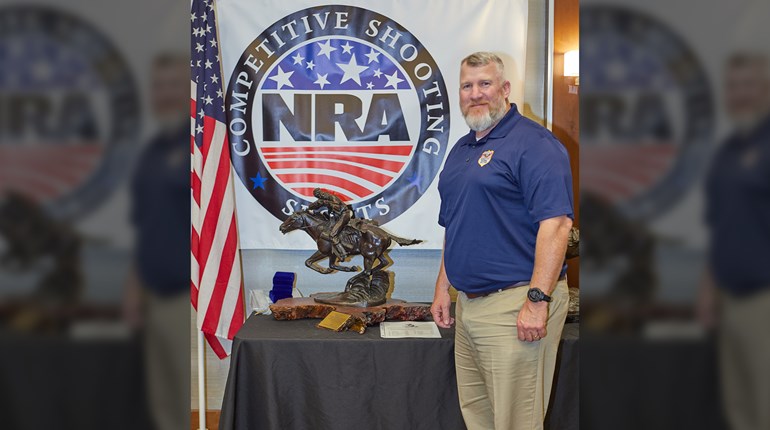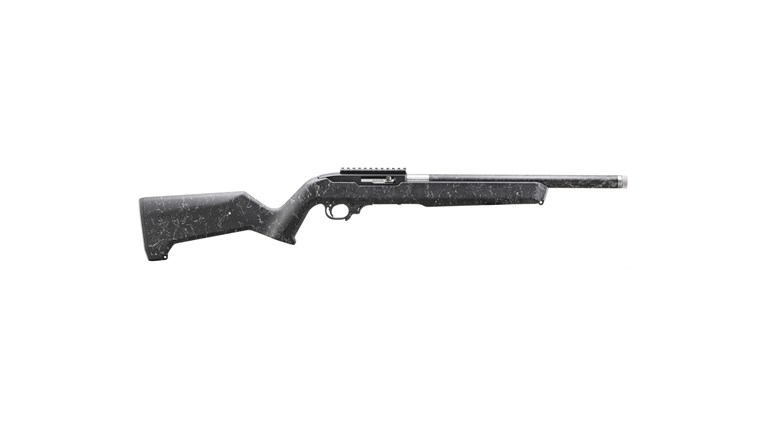
Founded in 1996, the International Defensive Pistol Association (IDPA) was created to provide an action shooting sport that incorporated a personal defense aspect into competition. Led by Bill Wilson, it included input from self-defense experts like John Sayle, former Delta Force trooper Larry Vickers, Special Forces veteran and FBI instructor Ken Hackathorn and others.
The result was a competitive event that—like real-life personal protection incidents—was short and quick.

Like other action shooting competitions, IDPA uses individual courses of fire (COF) with multiple shooting positions. The maximum target distance is 35 yards. But during the 16 years that I have been shooting IDPA, targets that far have been rare. Most targets are three to 15 yards away. There are often cover positions, foot fault lines and other restrictions. Weak- or strong-hand-only shooting is sometimes required.
The maximum number of rounds per COF is capped at 18, requiring at least one reload to complete it. The maximum distance between shooting positions is 10 yards, and the maximum travel distance through the COF is 20 yards. Times through the COF are recorded via timer to hundredths of a second.
As in real life, “Speed is fine, but accuracy is final.” The shooter’s score is time plus down points and penalties. Scoring zones on the target add time in one- and three-second increments to a shooter’s time through the COF. A target miss adds five seconds. Non- Threat (bystander) targets will be snuggled close to Threat targets, with a five-second penalty per hit.

A shooter who zips through a 10-round stage in 10 seconds with all -1 hits will have a score of 20 seconds. The shooter running it in 15 seconds with all -0 hits will have a score of 15 seconds—and win the stage by five seconds.
In keeping with its personal defense roots, in IDPA many stages will require the shooter start with their handgun and reloading devices in a concealed carry position. That concealment may be a vest, jacket or an untucked shirt. For safety reasons, the only holster position allowed is on the stronghand side with the trigger of the gun located behind the hip.

It’s a competitive event. But IDPA competitions attract some shooters for a different reason.
“The ability to shoot fast and accurately while manipulating a handgun in a highstress situation is a perishable skill,” says former Navy SEAL Laurent Picard. “It’s not something you can learn once and count on being there if you need it in the future. Repetitive training is important for ingraining those sub-conscious skills. I like IDPA because the short and quick courses of fire from concealed carry is excellent practice for keeping those skills current. And with the clock running there is also an element of stress. It’s an effective way to practice.”
I agree. Although I have “competition” gear for multiple gun divisions, I frequently shoot a match with my EDC gun and gear from normal untucked shirt carry.
IDPA also boasts several divisions that most common firearms can call home. Stock Service Pistol (SSP) is a full-sized, stock semi-automatic handgun with either a striker-fired, double-action/single-action, or double-action-only. Enhanced Service Pistol (ESP) allows single-action (cocked-and-locked) pistols along with the same operating actions authorized for SSP. Modifications that are prohibited in SSP, such as magwells and slide lightening, are allowed in ESP.
Carry Optics (CO) is an ESP-compliant semi-automatic with a reflex sight mounted on the slide behind the ejection port. In addition, frame-mounted lasers are permitted. The minimum caliber for each of these divisions is 9 mm, although larger chamberings are allowed. Regardless of caliber, the Power Factor (PF) is 125 and magazine capacity is 10 rounds.
Concealed Carry Pistol (CCP) is a compact semi-automatic with a maximum barrel length of 4.375 inches, and 9 mm minimum caliber. All ESP gun equipment rules apply as to operating actions and modifications. Magazine capacity is eight rounds and the PF is 125.
Custom Defensive Pistol (CDP) is a semi-automatic pistol that is ESP compliant regarding action type and modifications, but the only authorized caliber is .45 ACP at a 165 PF. Magazine capacity is eight rounds.

Pistol Caliber Carbine (PCC) is a recent addition and has proven popular. Allowable chamberings are 9 mm, .357 SIG, .40 S&W, 10 mm and .45 ACP. For all calibers, the PF is 135. The maximum magazine capacity is 30 rounds and additional magazines may be carried. The PCC must have a fixed shoulder stock. Optical sights, laser sights and lights are allowed. Concealment garments are optional for PCC competitors.
The magazine capacities are what is allowed in the magazine. But if the stage is a loaded gun start, shooters will normally have a round in the chamber in addition to the magazine load out.
Revolvers are not ignored. Two divisions exist, with both being limited to 4.25-inch barrel length and a six-round capacity. Stock Service Revolver (SSR) requires a rimmed round of .38 Spl. or larger and cannot be loaded with moon clips. The PF is 105. Enhanced Service Revolver (ESR) requires a .357 Mag. or larger cartridge, and allows rimless rounds, such as .40 S&W, 10 mm and .45 ACP. It may be reloaded in the same manner as SSR, or with moon clips. PF is 155.
An additional gun division provides a unique opportunity for some shooters. Back Up Gun (BUG) division is required for Tier 1 (club level) matches and optional for Match Directors at others. It’s divided into two guns. BUG-S is a semi-automatic with a maximum 3.5-inch barrel and a minimum caliber of .380 ACP. Capacity is six rounds regardless of start conditions. BUG-R is a five-shot revolver with a 2.5-inch maximum barrel length, chambered for a rimmed cartridge of .38 Spl. or larger. The PF for both is 95.
The inclusion of pint-sized, yet commonly carried, guns creates an interesting opportunity.
“Many women who are new concealed carriers choose smaller pistols, but don’t have an extensive background with handguns,” says Well Armed Women Team Member and NRA Instructor Natasja Brant. “Their experience is often nothing more than standing on a range and shooting at a single target at their pace. I like IDPA because it mimics situations that could happen in real life. The courses of fire are short and quick, and they force shooters to deal rapidly with multiple targets while making gun handling and reloading almost automatic. And the CCP and BUG divisions allow shooting the guns that many women actually carry. It’s the best way for new concealed carriers to improve their skills.”
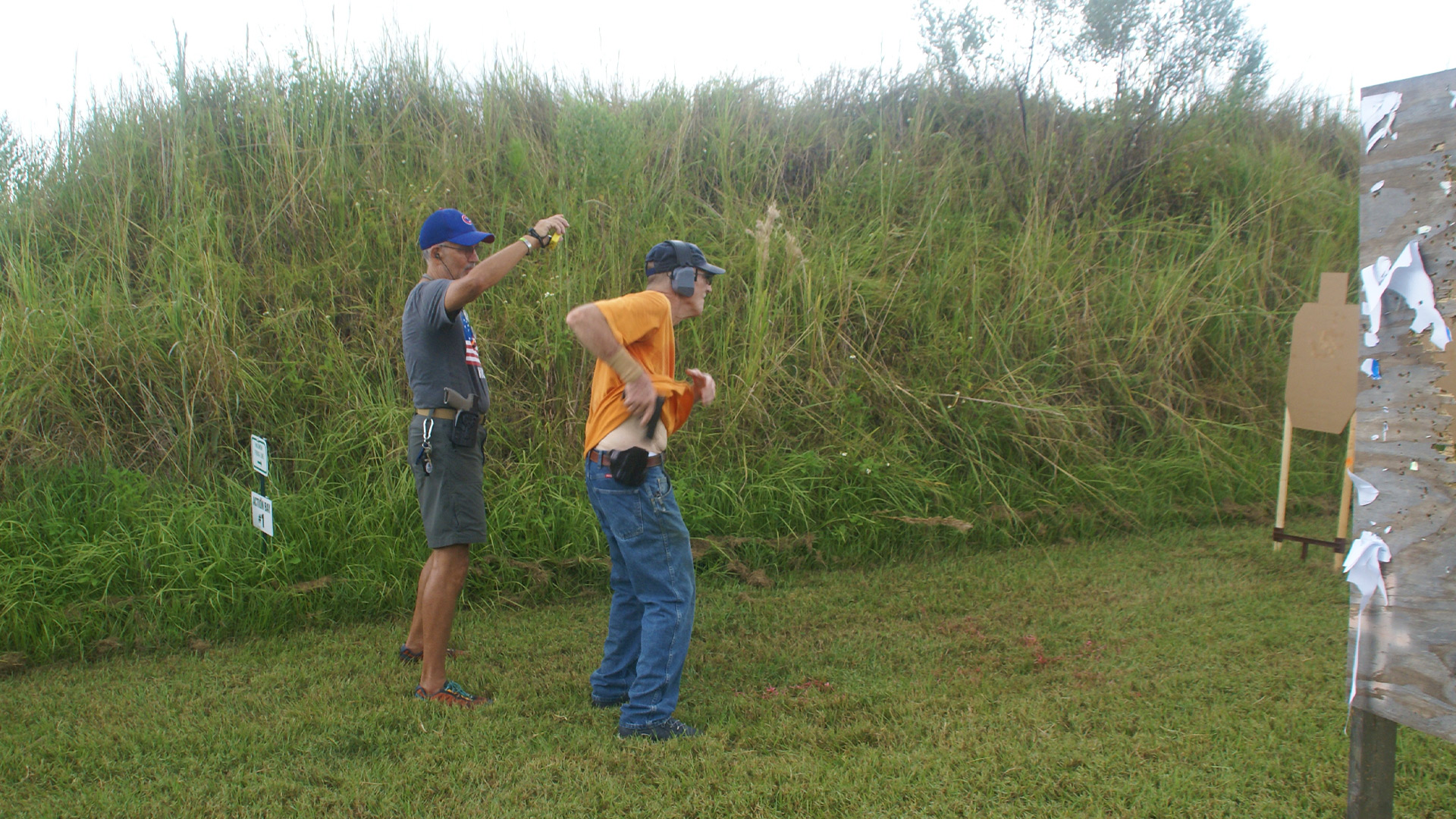
Read more: Kenshiro Nagata: Youngest World Speed Shooting Champion Ever



